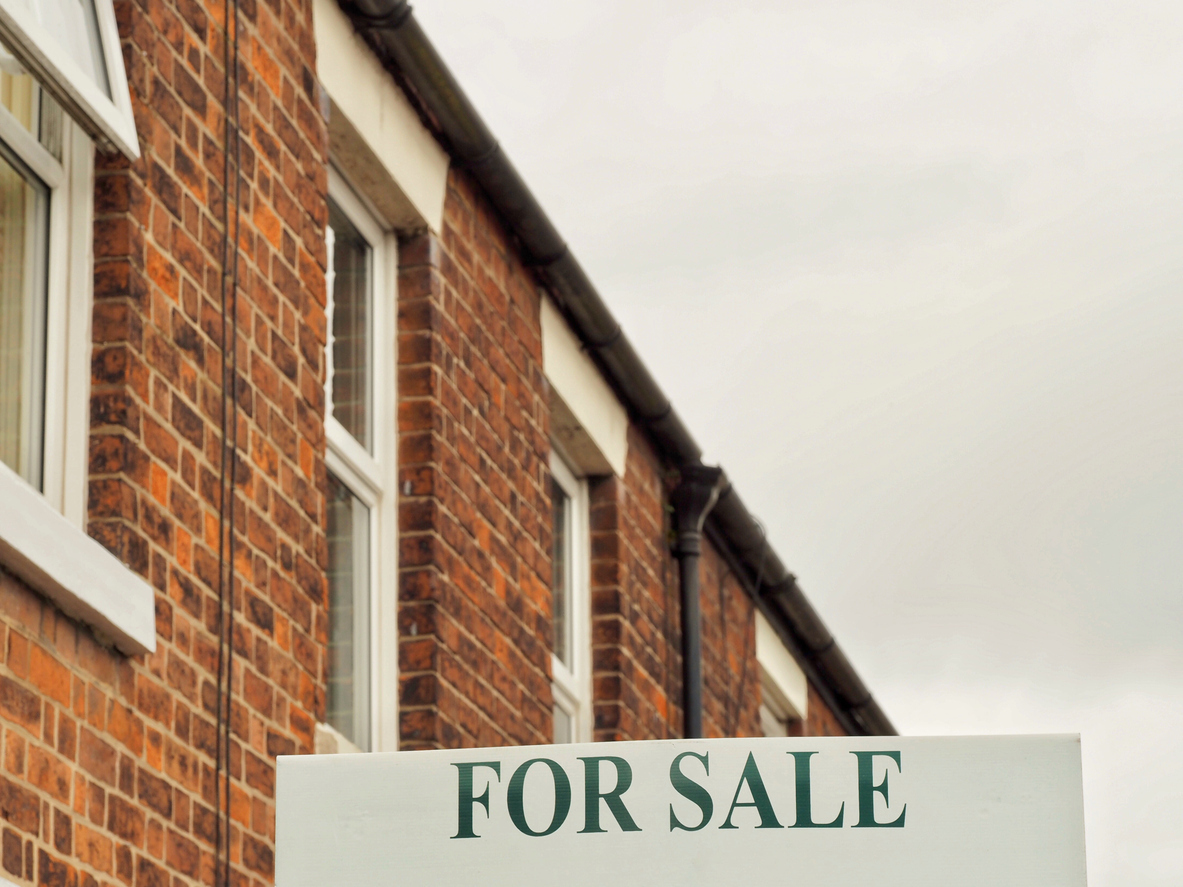
House prices per square metre have risen 20% in the last five years with properties in west and central Scotland seeing the highest increases, according to new research.
Prices in Larkhall and Lanark had the largest increase, rising 33% to an average of £1,163 and £1,184 respectively, closely followed by Dalkeith, Bathgate and Hamilton (all 32%).
Across Scotland, house prices per square metre have risen by 20% since 2013 from an average of £1,320 to £1,579 in 2018.
The Bank of Scotland research found Edinburgh is Scotland’s most expensive town at £2,669 per square metre followed by Linlithgow in West Lothian (£2,076 per square metre) and Stonehaven in Aberdeenshire (£2,039 per square metre).
Grangemouth in the central belt is the least expensive town in Scotland with an average price of £1,016 per square metre, followed by Bellshill in North Lanarkshire (£1,030 per square metre) and Greenock in Inverclyde (1,090 per square metre).
These three locations are among the ten least expensive towns per square metre in Great Britain.
Graham Blair, Bank of Scotland mortgages director, said: “It can be useful when comparing house prices to use a measure such as house price per square metre as it reflects differences in size and type of properties in different locations.
“Towns in the east and the north are more expensive than west and central areas.
“However, several towns in the west have seen significant increases in the last five years.
“Despite this, a clear gap has formed between England, particularly London, and Scotland, Ireland and Wales over the last 20 years.”
Of the top 10 most expensive towns in Scotland per square metre, six are in Edinburgh and the Lothians with the remaining four in Aberdeenshire, while eight of the ten towns with the lowest prices per square metre are in either central or western Scotland.
The research suggests the housing market is less polarised than south of the border, where the difference between Lambeth (one of the top 10 most expensive boroughs in England), and Nelson (the least expensive town in England) is £5,465.
In contrast in Scotland the difference in price per square metre between Broxburn (one of the top 10 most expensive towns in Scotland), and Grangemouth (the least expensive town in Scotland) is only £653 per square metre.
Over the last 20 years the average price per square metre across Scotland has increased by 148% from £637 in 1998 to £1,579 in 2018.
This is the lowest increase of any area of Great Britain, with Greater London experiencing price hikes of 301% and Wales seeing an increase of 180%.
The average increase across Great Britain since 1998 is 215%.

Enjoy the convenience of having The Sunday Post delivered as a digital ePaper straight to your smartphone, tablet or computer.
Subscribe for only £5.49 a month and enjoy all the benefits of the printed paper as a digital replica.
Subscribe